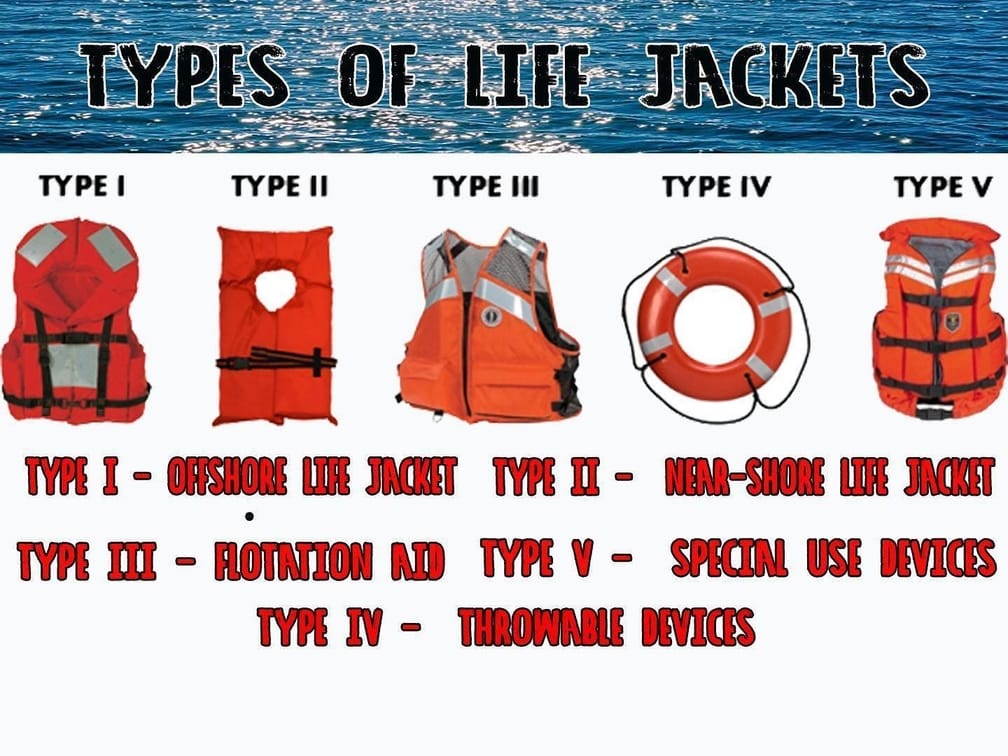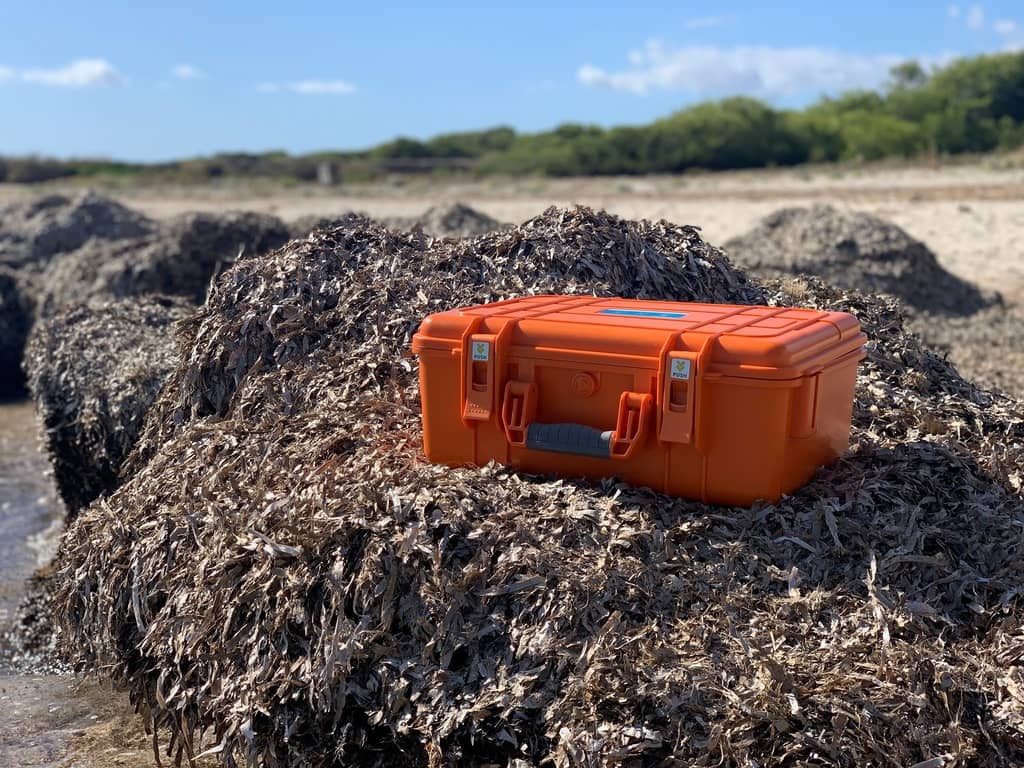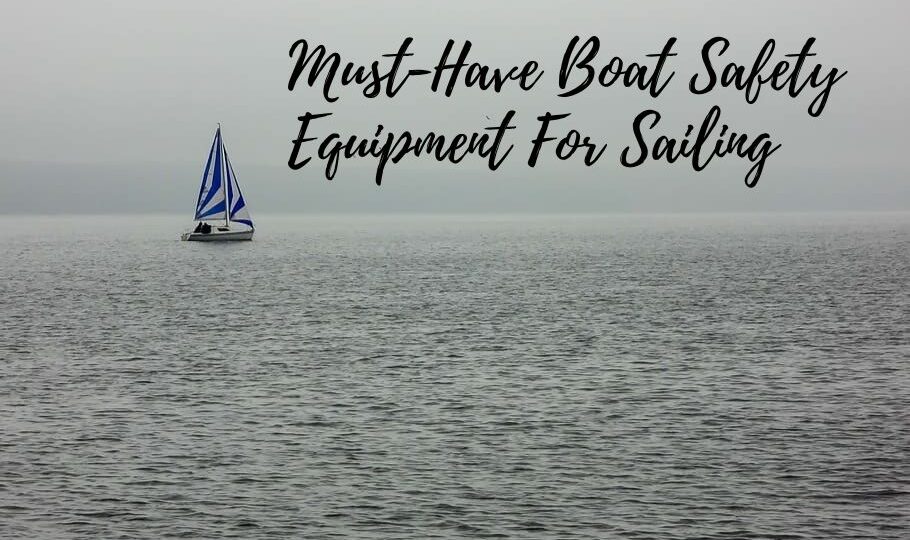Must-Have Boat Safety Equipment For Sailing
All cruisers should carry sufficient safety equipment to face an emergency involving either the boat or the crew. The skipper and crew must regularly practice emergency procedures and learn to use the equipment. Whether you use your boat for day-sailing, cruising, or fishing, you must always remember to pack essential safety gear. If you keep the equipment on your boat then, you need to inspect it periodically and ensure that everything is working properly.
Here Are The Most Important Safety Equipment To Always Have With You When You Go Sailing
Lifebuoys or Throwable Flotation Devices
- Ready For Use: All cruisers must have a couple of lifebuoys stowed for immediate use in case a person falls overboard. Lifebuoys are only effective when thrown at once as they soon drift out of reach. A lifebuoy should have a flashing light for visibility at night and a nylon drogue to reduce its drift.
- Stowage: Stow the lifebuoys in quick-release brackets on the pushpit. Keep them below when the boat is not in use to protect them from UV light.
- Danbuoy: This is a brightly colored marker pole with code flag O—the man-overboard signal—and should be attached to the lifebuoy. It is more visible than a person or a lifebuoy in the water.
- Monitoring: Check the lifebuoys frequently to ensure they are in good condition and practice using them regularly.

>>Also Read: What To Wear When You Go Sailing
Man-Overboard Alarm System: What Is It?
- Self-activating Alarm: A man-overboard alarm system of this type can be a life-saver when sailing, especially in foul weather.
- Crew Units: A transponder is issued by the skipper to each crew member and should be carried at all times.
- Base Unit: The control panel detects the drop in signal level if a person falls overboard, which sounds an alarm and identifies the person.
Always Keep a Knife Handy
- In The Cockpit: Stow a sharp knife or multi-tool somewhere near the steering position. You may need to cut a rope quickly in an emergency.
- In Your Pocket: Some types of waterproof jackets or trousers have a small pocket designed for a personal multi-tool.
- Get One With Marlin Spike Attached: A pocket knife with a Marlin spike is very useful for untying and untangling knots. I recently purchased this one from Amazon and I couldn’t be happier.
Sailing First-Aid Kit – What You Should Include
- Carry the Essentials: Make sure that you have a well-stocked first-aid kit on board in case a crew member is injured.
- Short Trips: For day sailing and short cruises, you may only need adhesive dressings and bandages.
- For Longer Passages: It is advisable to take a comprehensive kit on long cruises so that you can deal with any injuries on board until you reach assistance.
A First-Aid Box Should Include:
- Sterile dressings
- Gauze pads
- Adhesive dressings
- A selection of bandages (with clips, tape, and safety pins)
- Scissors
- Tweezers
- Sterile wipes
- Disposable gloves
- Painkillers
- Thermometer
- A first-aid manual

This is the most complete first aid kit I was able to find on Amazon.
Fire Extinguishers: Storing and Using
- Large Dry Powder Extinguishers: Place these in each cabin and near the engine compartment.
- Smaller Foam Extinguisher: Keep one in the galley for easy access.
- Storing Fire Extinguishers: Make sure that the crew knows where the fire extinguishers are. Check that they are in-date.
- Using Extinguishers: Follow the instructions on the extinguishers clearly. Familiarize yourself with them in advance
Life Rafts
- Life Raft Storage: A life raft is packed inside a solid canister or a soft valise. A canister is often stowed on deck, with quick- release fastenings. A valise may be stowed in a cockpit locker.
- Know What To Do: Read the instructions on using the life raft in advance and practice releasing and launching it quickly and efficiently.
Grab Bags or Dry Bag
- Canister or Bag: A grab bag must be waterproof and able to float. You can use a solid canister or a flexible dry bag. Leave space for air inside to have positive buoyancy or tie it to a fender to keep it afloat.
- Filling the Grab Bag: A life raft usually has basic survival equipment on board, but this is the minimum required. Check what yours contains and prepare your grab bag accordingly. In an emergency, supplement it if possible with equipment, food, and water taken from the yacht before you abandon the ship.
You can get one for cheap on Amazon and they are pretty handy in various other situations as well.
Flares: Why Do You Need Them?
- Be Seen: Flares are important for signaling for help when in sight of land or other vessels. Select the right type for the sailing you do. For offshore sailing, store a full set of flares in a watertight container.
- Preparing Yourself: Read the instructions for all of the different flares you carry, so you can use them in a hurry and in the dark.
EPIRB: What Is It?
- Emergency Position Indicating Radio Beacon (EPIRB): This device transmits a distress signal to satellites that are part of the GMDSS (Global Maritime Distress and Safety System). The distress signals locate the EPIRB’s position and relay it to a rescue coordination center. If you don’t have one you should get one now.
- Operation: An EPIRB can be manual or automatic—with a float-free bracket that releases the beacon if the boat sinks. Check the instructions on your device before sailing, so you know how it will work in an emergency.
Flashlight
You always need to have a waterproof, powerful flashlight with spare batteries and bulbs. It is better to be rechargeable but always have it charged-up. Also, make sure to use it and charge it every once in a while, even if it is not necessary to make sure it is functioning properly. Also, for maximum dexterity, you can get a headlamp for situations when having a hand flashlight is not very very comfortable.
